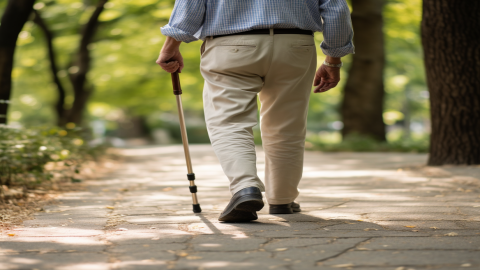What exercises are suitable for patients with gallbladder polyps?
Generally, patients with gallbladder polyps are advised to engage in low-intensity, gentle exercises that do not stimulate gallbladder contraction. Suitable activities include walking, jogging, yoga, tai chi, and swimming. These forms of exercise can enhance physical fitness without increasing the burden on the gallbladder. Detailed explanations are as follows:

1. **Walking**: Walking is a fundamental exercise suitable for patients with gallbladder polyps. It is low-intensity, easy to maintain, and places minimal strain on the body. Regular walking promotes gastrointestinal motility, aids digestion, reduces the time food remains in the digestive tract, and helps prevent indigestion that could indirectly stimulate the gallbladder.
2. **Jogging**: Jogging is a moderate- to low-intensity aerobic exercise appropriate for gallbladder polyp patients in good physical condition. It improves blood circulation, enhances cardiopulmonary function, promotes metabolism, helps maintain a healthy weight, and reduces the risk of gallbladder abnormalities associated with obesity.
3. **Yoga**: Yoga primarily involves gentle stretching movements that help relax the mind and body and regulate breathing, making it ideal for patients with gallbladder polyps. It relieves abdominal muscle tension, improves digestive function, and helps regulate emotions, preventing negative impacts on health due to anxiety.
4. **Tai Chi**: Characterized by slow, gentle movements and emphasis on coordination between mind and body, tai chi is suitable for gallbladder polyp patients of all age groups. It enhances flexibility and balance, promotes the flow of qi and blood, and does not exert pressure on the abdomen, thus avoiding stimulation of gallbladder contraction.
5. **Swimming**: Swimming is a full-body, low-impact exercise. The buoyancy of water reduces stress on joints, making it suitable for patients with gallbladder polyps. It comprehensively strengthens muscles, improves physical fitness, promotes digestion, supports metabolic stability, and benefits overall gallbladder health.
It is recommended that patients with gallbladder polyps follow the principle of gradual progression when exercising, avoiding sudden increases in intensity or duration. Proper warm-up and stretching before and after exercise are essential to minimize the risk of muscle injury.





